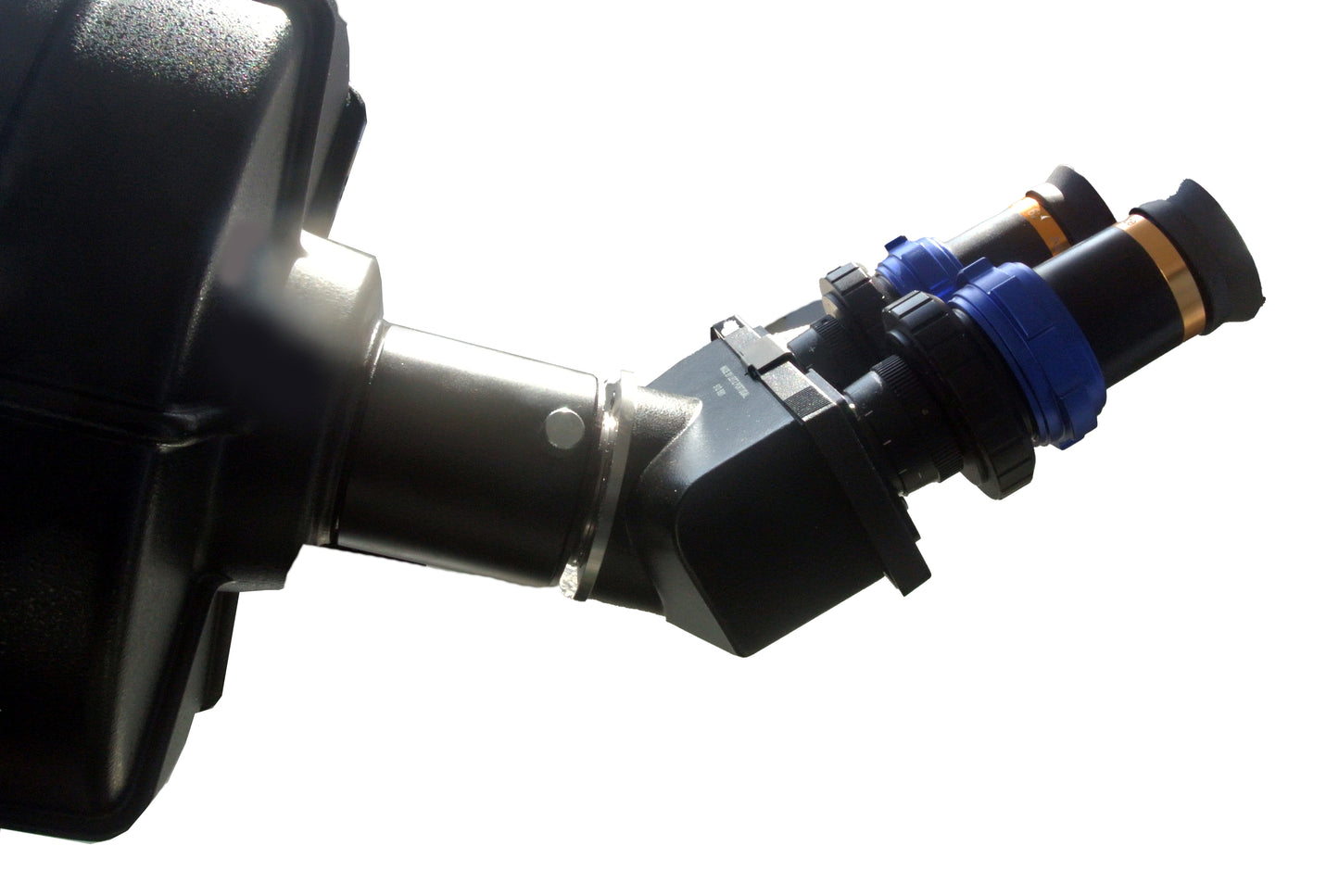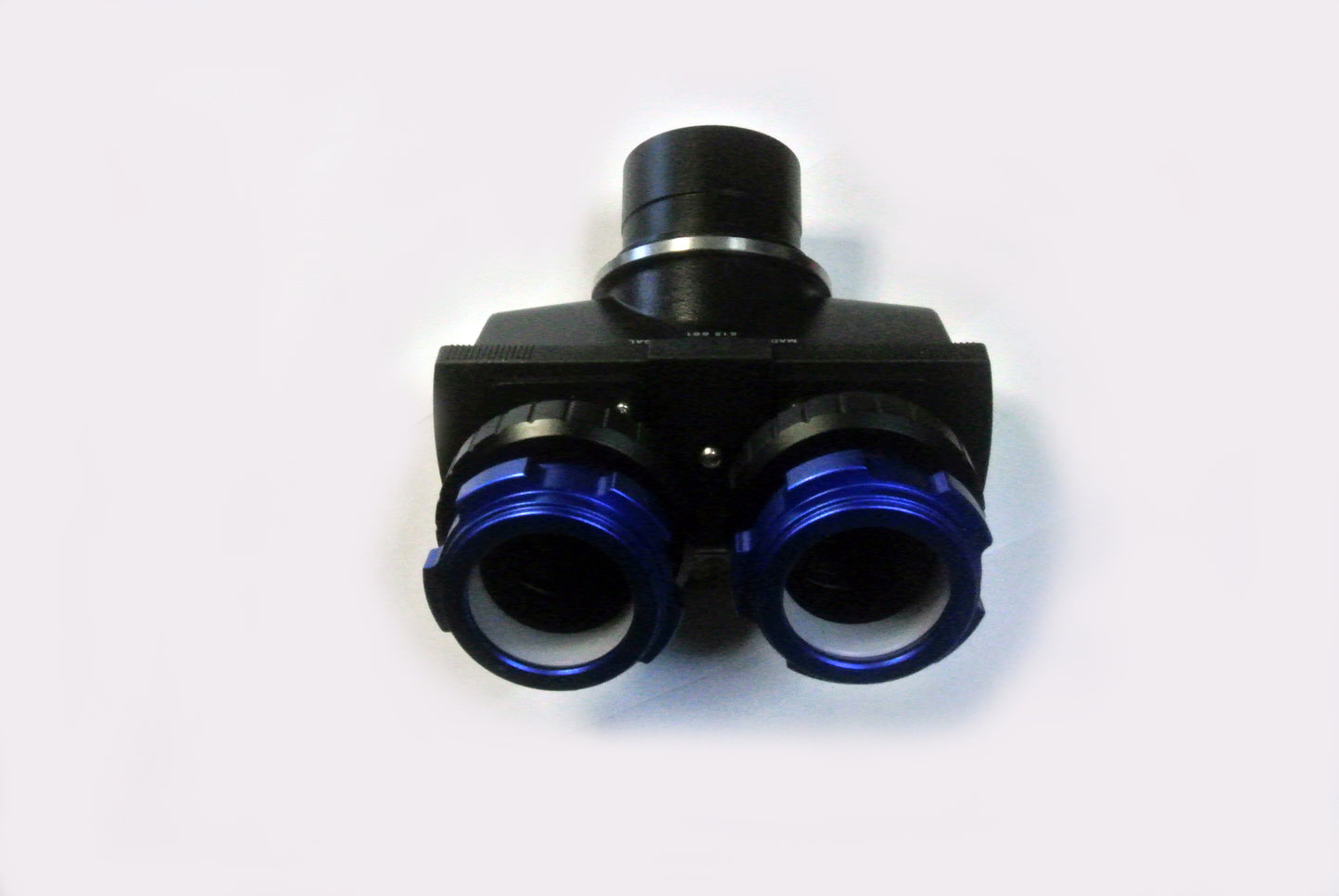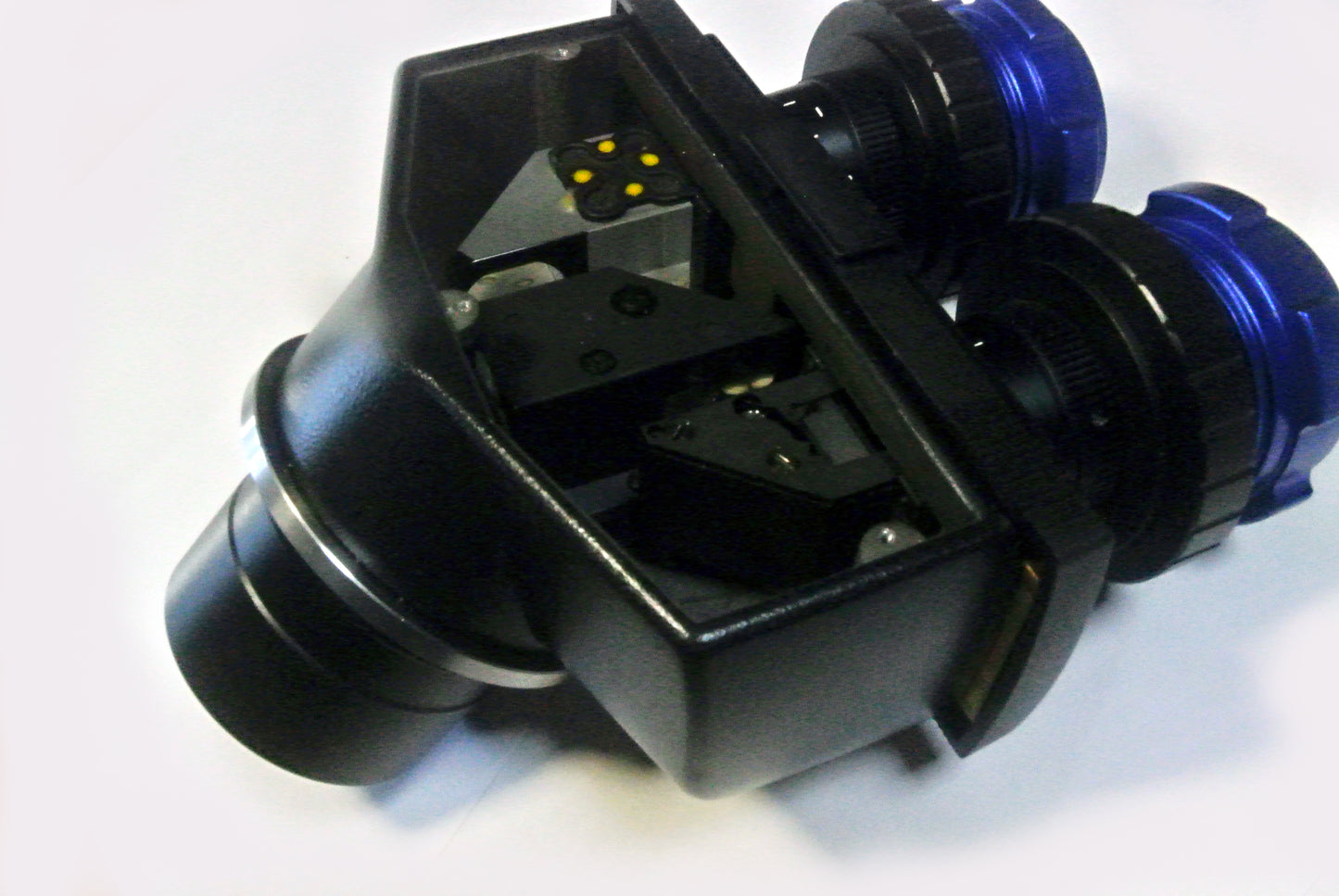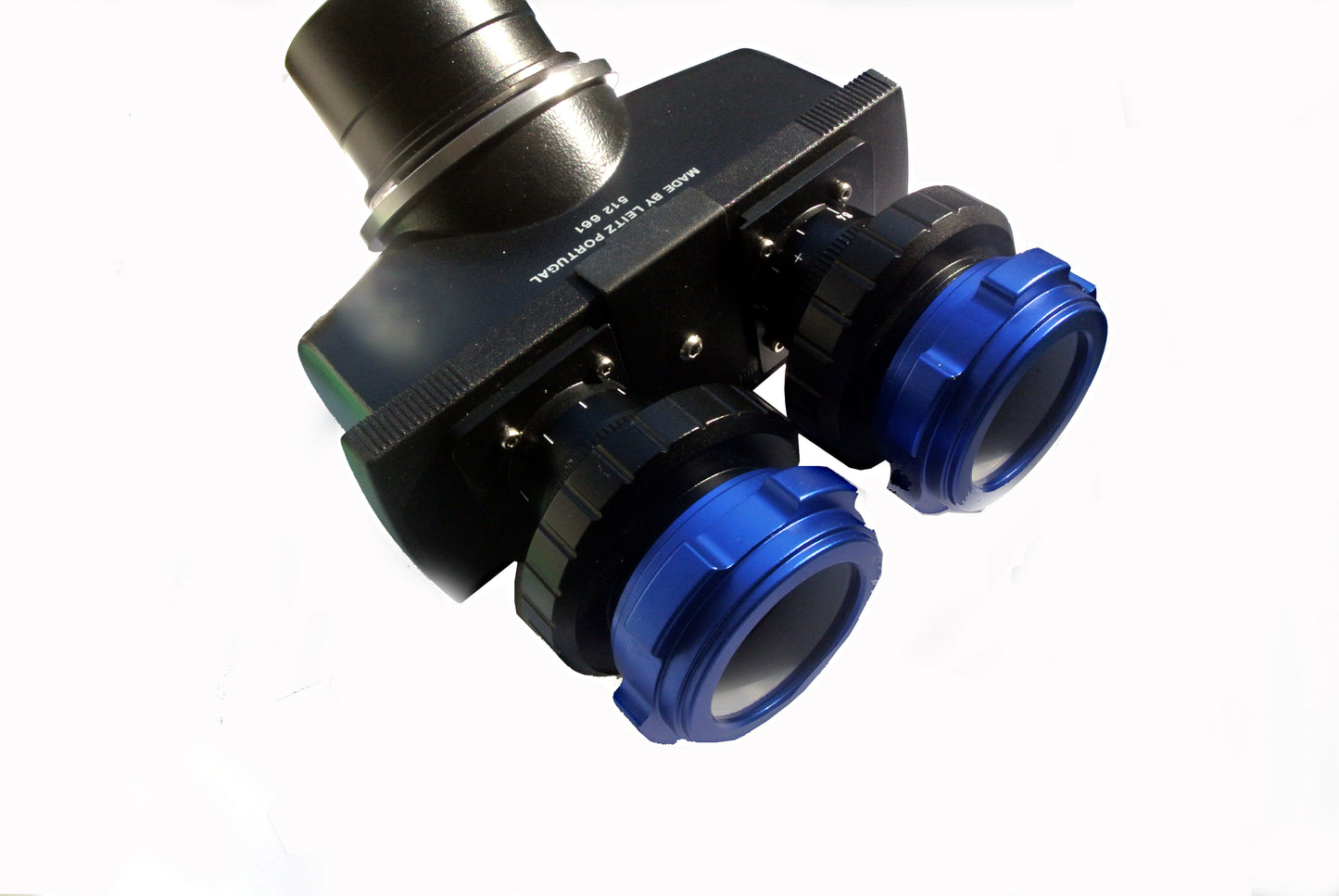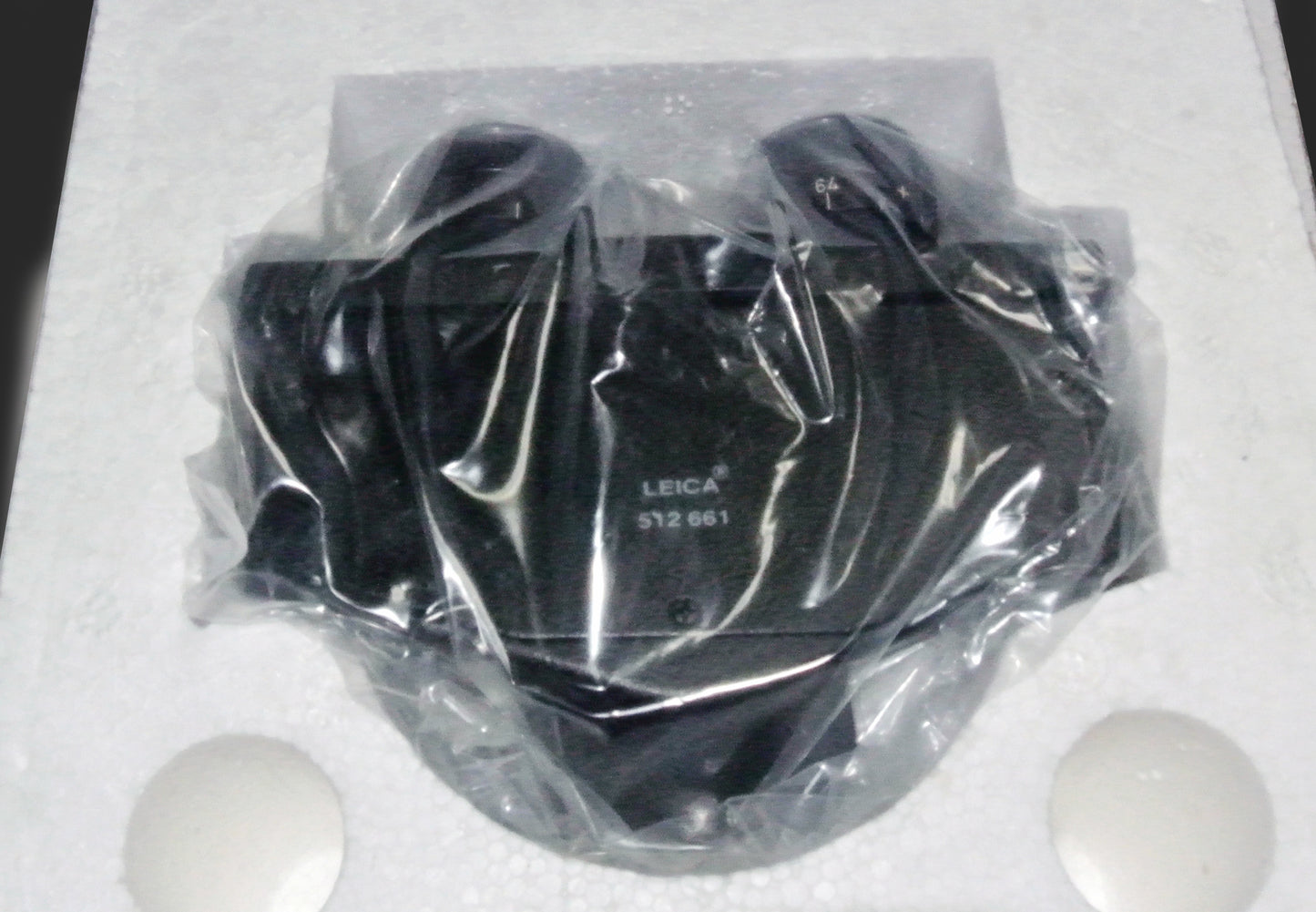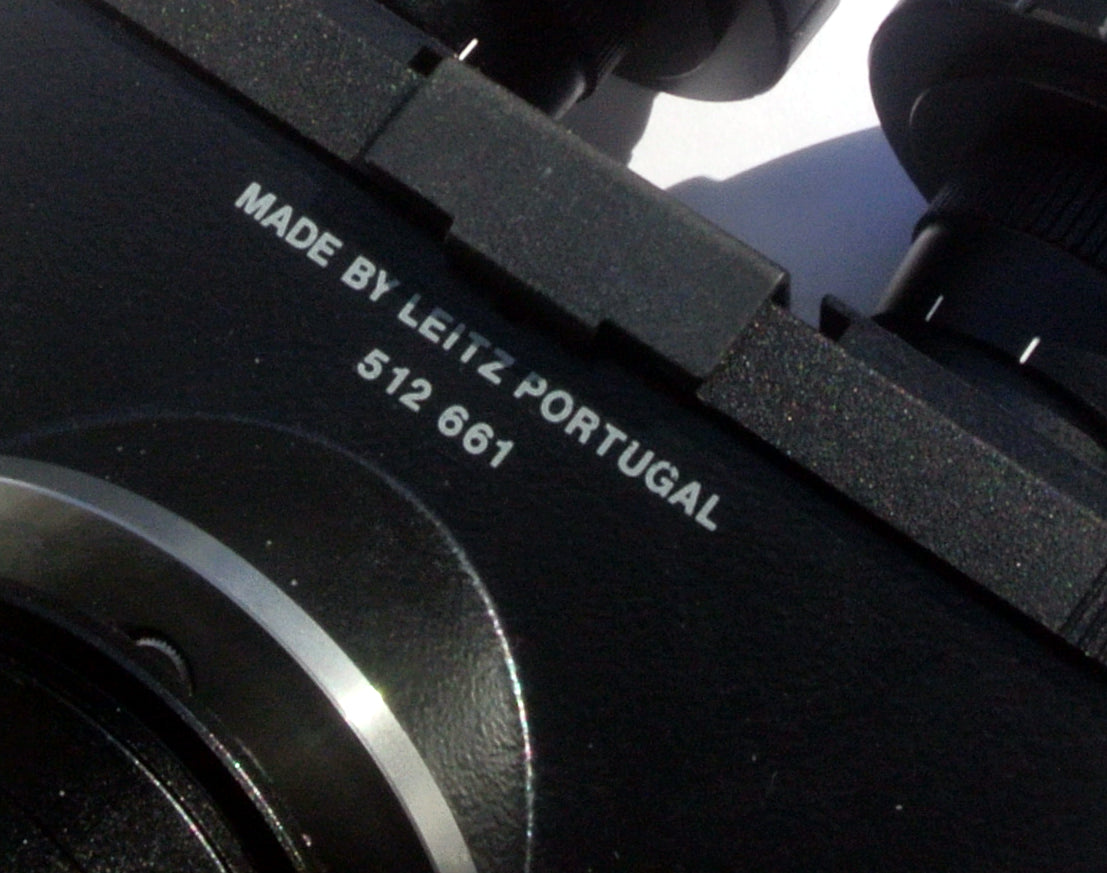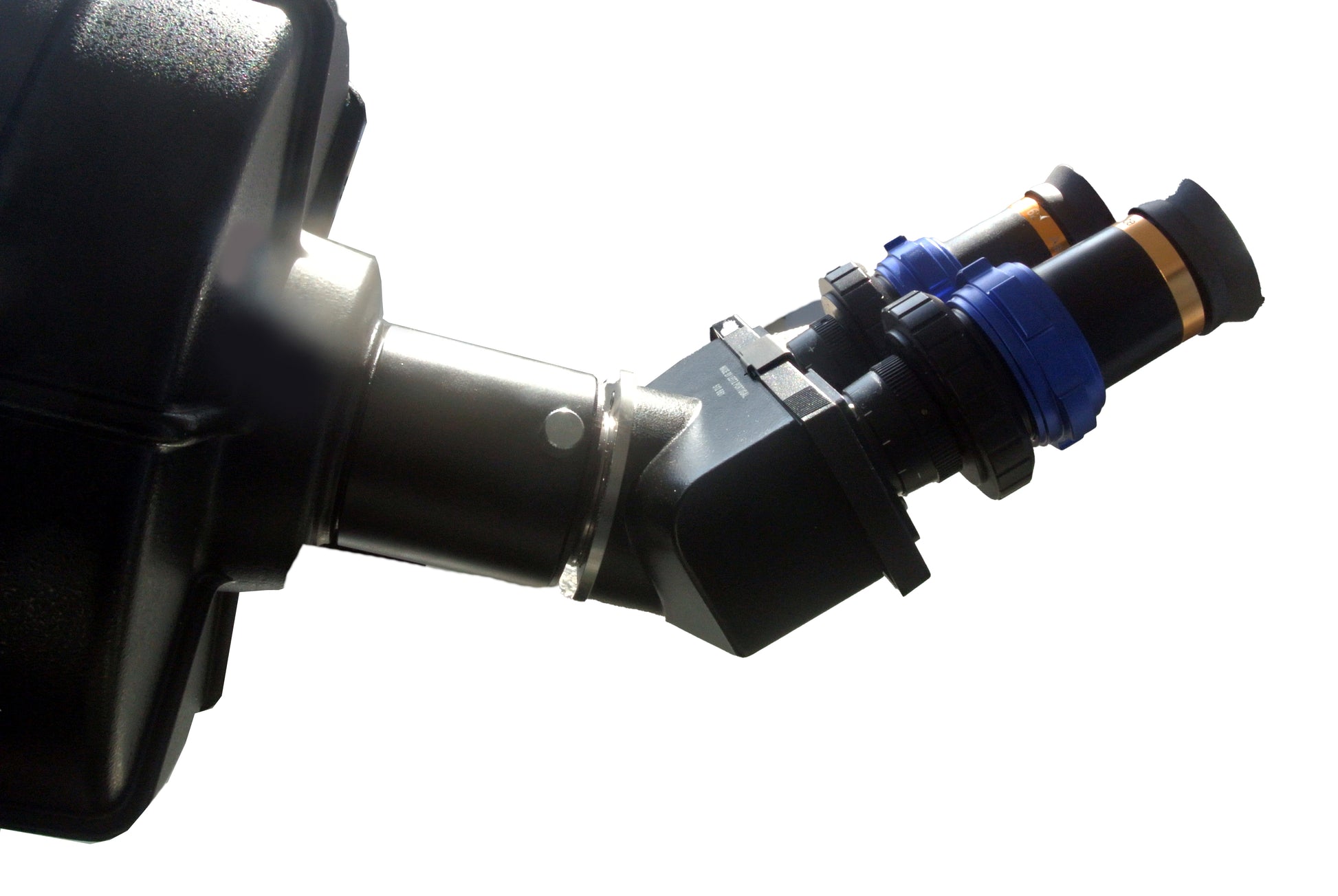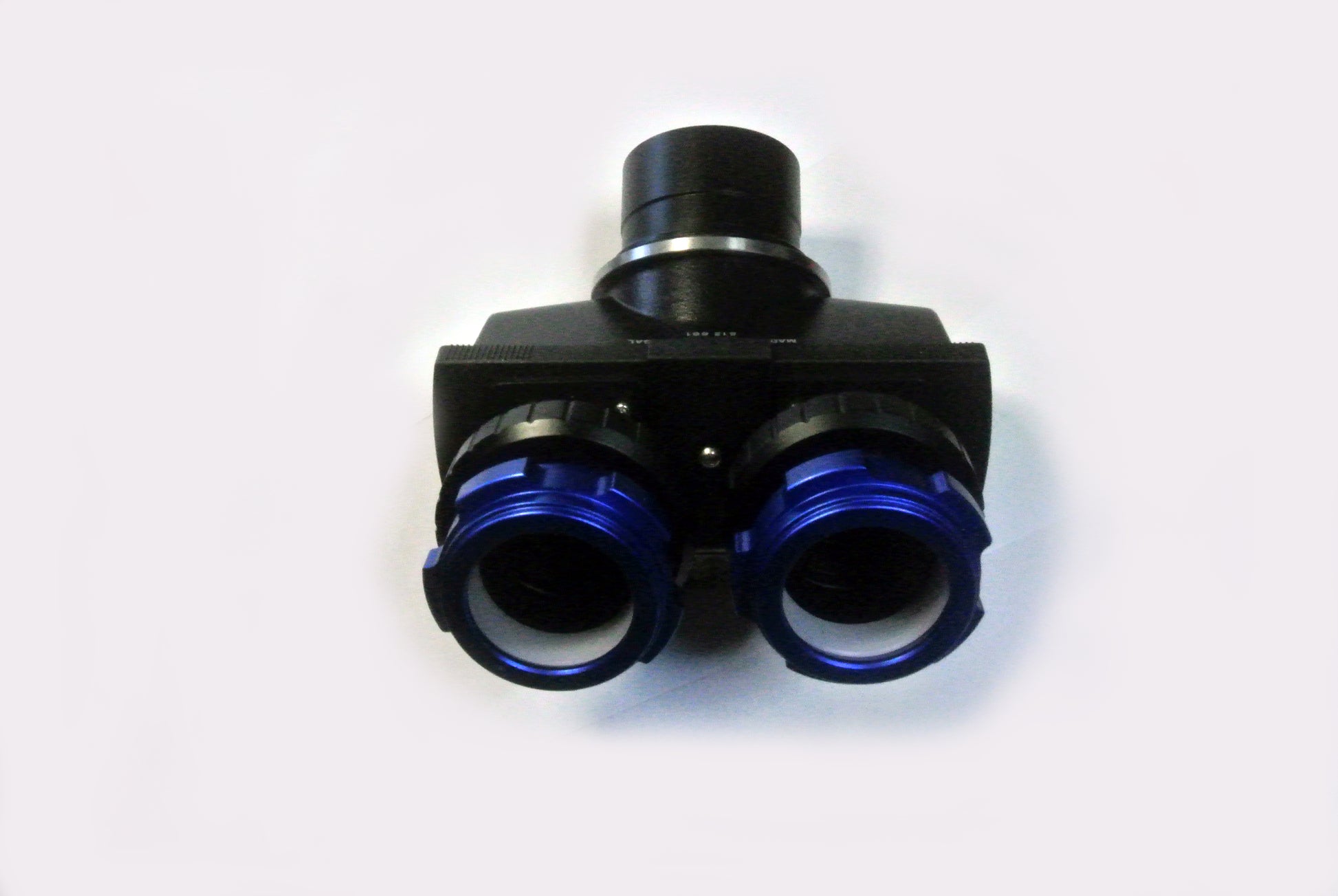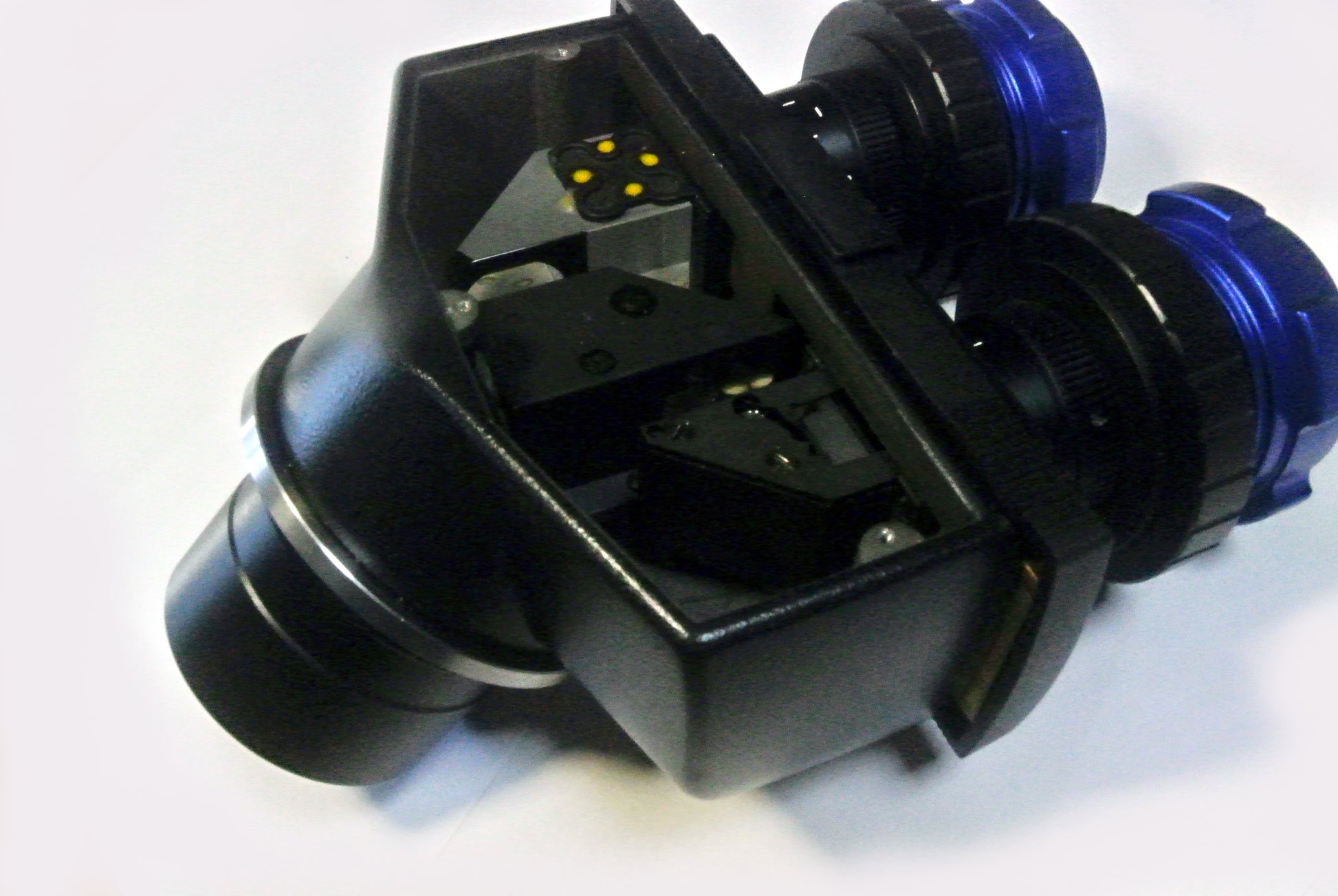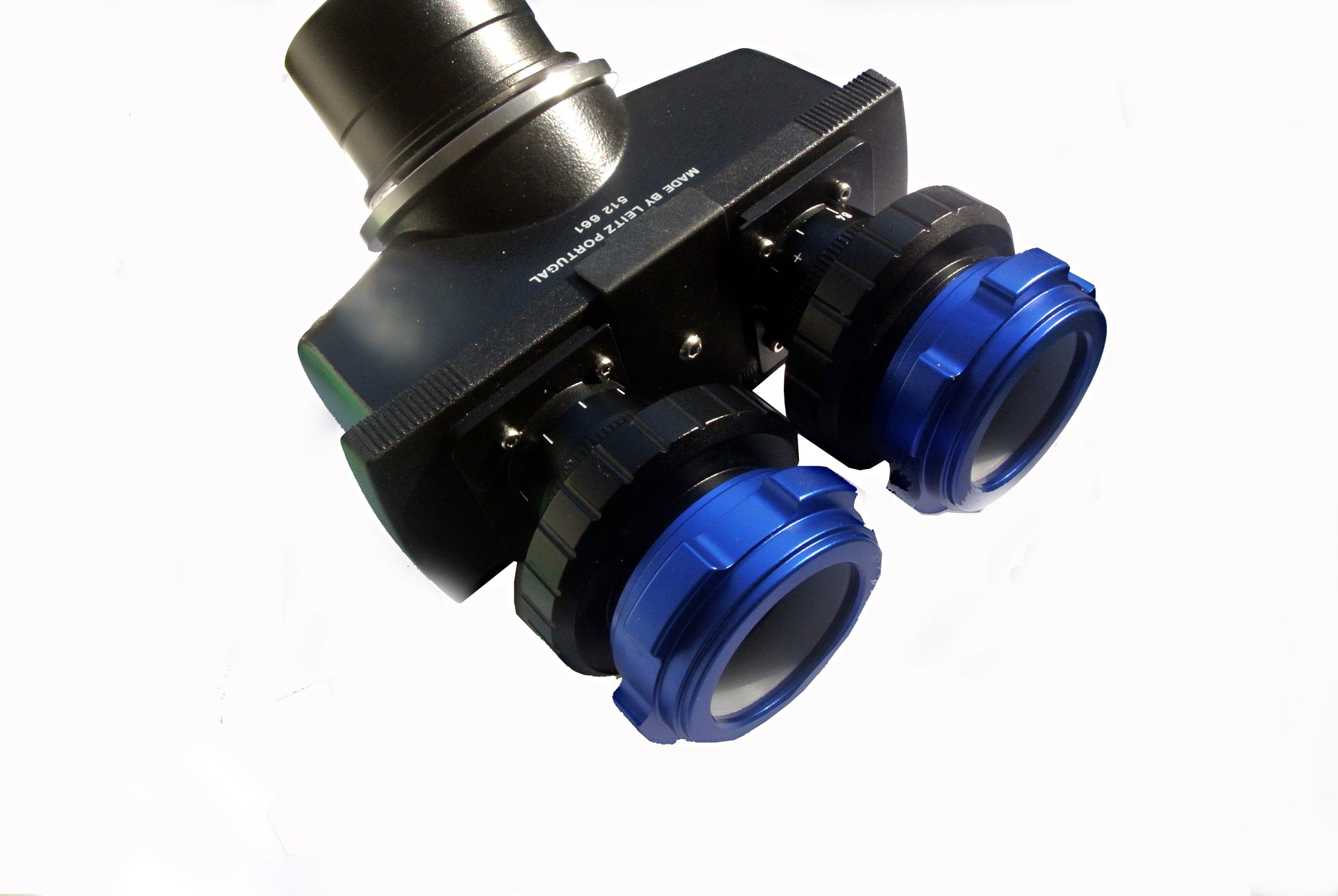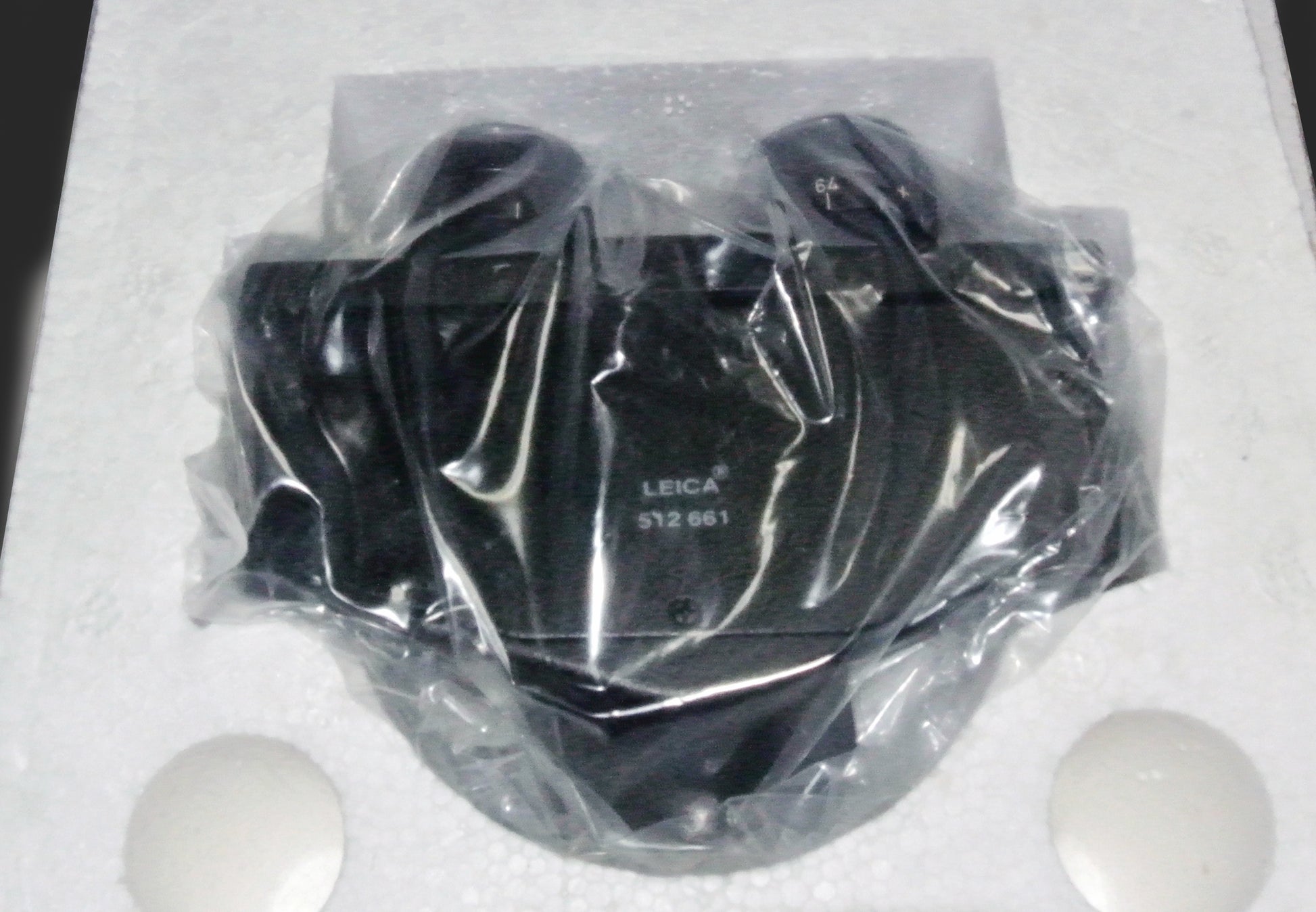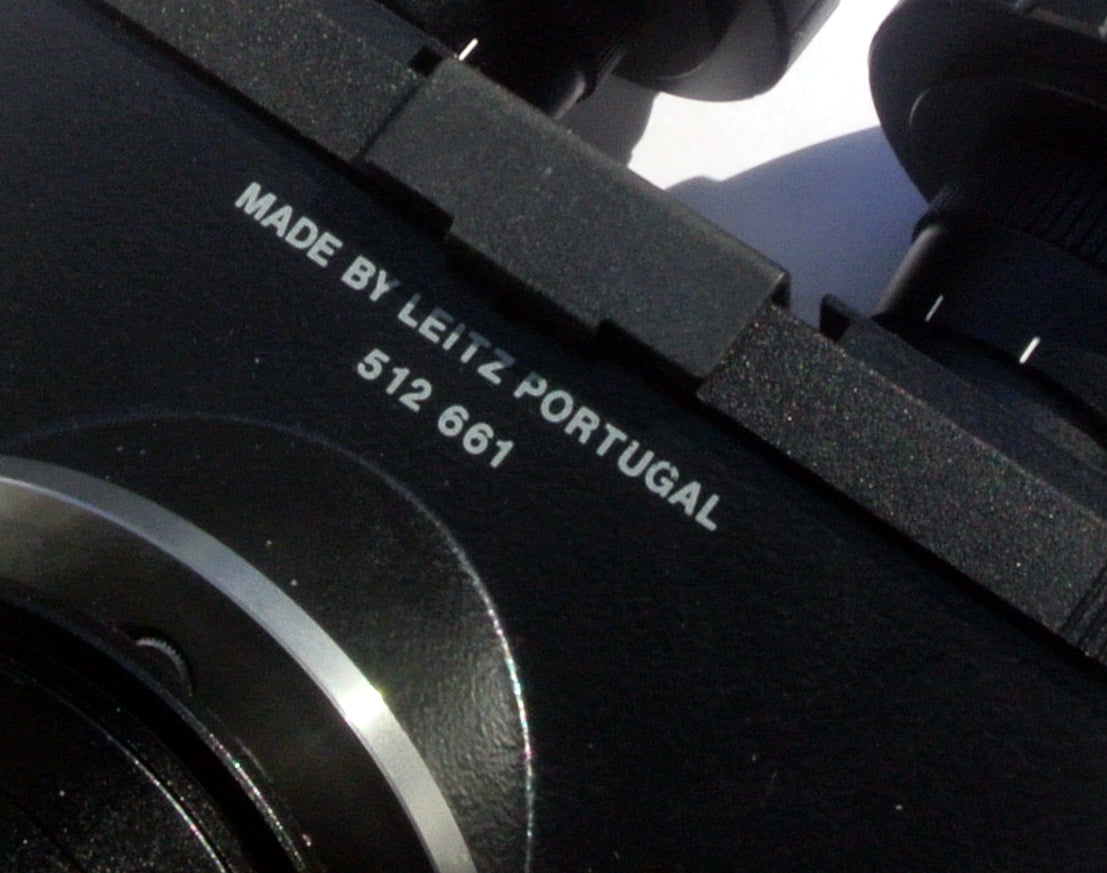StarWorks
LEICA 45-degree anti-aircraft binocular equipment for astronomical objects Voltgar factory Horizontal prism type ★Delivery time 2 weeks
LEICA 45-degree anti-aircraft binocular equipment for astronomical objects Voltgar factory Horizontal prism type ★Delivery time 2 weeks
Couldn't load pickup availability
The world's best brand binocular device with 40 lambda.
Delivery time 3-6 months
Eyepiece 31.7mm, M42 compatible , 2-inch telescope connection
Small aperture telescopes cannot take advantage of LICA's performance, recommended for medium and large aperture telescopes.
This product is fully custom-made. Please email us in advance before purchase. Delivery can be made in 2 weeks.
----------------------------
The horizontally movable Jentsche type was originally first developed by Leica and has a history of more than 100 years. In contrast, the mid-folding Siedentop type, developed by Zeiss, has a large step in the prism position when it comes to binocular type, and to compensate for this disadvantage, a conical rod lens that draws out the optical path is necessary, which increases the surface and reduces the resolution on one side. The disadvantage is that the same brightness cannot be obtained without slightly changing the coating. Although it was invented 100 years ago, even Zeiss, which developed it, had difficulty manufacturing it, and it was only around 70 years ago that it was put into practical use, and there was a long period when the horizontal type was used. It is only in the last 30 years that the telescope with a fold-down lens has been put into practical use.
Some stores often say that a telescope with a fold-down telescope performs better than a telescope with a fold-down telescope, but this is just an urban legend for the sake of sales.
The Jentsch type has long been favored by professionals and has a simple structure, but the optical path length changes slightly because the eye width changes horizontally. Recently, however, there are more and more saddle-slit type sidenecks with a constant focus even if the eye width is moved. I don't think there are any astronomical microscopes that are as well thought out and precise as those for microscopes.
Leica's microscopes are so precise that the company has announced that all prisms, lenses, mirrors, and other products are guaranteed to be 1/40λ. Coatings can also be made up to 100 layers according to wavelength. As for aspherical lenses and other products, the company is so capable that it boldly states that there are few manufacturers in the world capable of manufacturing 100 units per day.
This time, we remade the one produced at the Portugal factory for astronomical use. The paint and exterior are excellent, and the feel in the hand is just like that of a high-end SLR camera, with a texture that makes you think that it is indeed a Leica.
The aperture of the optical path is 23.2 mm. However, the aperture of the eyepiece is not a problem, but the aperture when including the objective lens is the focal point of the objective lens, which then spreads out again and is seen as an imaginary image by the eyepiece lens, so as long as it is in the proper position, the aperture of 24.5 mm or 2 inches should be fine. As long as it is properly positioned, there is no vignetting in the field of view, regardless of whether it is a 24.5mm or a 2-inch large-diameter eyepiece. I think it is just an urban legend that binoculars are suitable for astronomical use because they have a wide aperture. What is more important than the aperture of a binocular device is the accuracy of prisms, lenses, and mirrors, which is the proof of its performance.
By tilting the eyepiece 45 degrees, there is no need for inaccurate celestial zenith prisms and mirrors. Thanks to Leica's built-in prism, you can see the entire sky without a zenith prism because it is directly at 45 degrees to the sky.
Since this unit is new, we have not performed optical axis fairing, but we have visually checked it at 500x, so we will ship it as is without calibration, but it is an ultra-high precision product.
The prism, which is the most important part of the binocular unit, has a sharp image that is incomparable to that of astronomical binoculars. As you can see when you do a ronky test of commercial astronomical binoculars, you will be able to confirm that the performance will be degraded if the prisms are not accurate.
Also, although there are mirror-type binoculars available these days, high-precision mirrors are difficult to obtain, and mirrors inevitably produce a bluish image quality because of their wavelength bias, whereas prisms have the excellent feature of passing all wavelengths flatly.
Features of Eyepiece】
The standard eyepiece is a 31.7 size with an auto-center ring eyepiece that eliminates the risk of optical axis deviation.
The connection with the optical tube is made with a strong 2-inch lightweight duralumin barrel to obtain a stable optical axis.
Celestial objects viewed with binoculars have an overwhelmingly higher resolution. It is impressive to see details that were previously invisible come to the surface. You can even see the flapping wings of a sparrow flying several kilometers away, which is the real thrill of binoculars. The contrast of the planets is also completely different. The advantage of the binoculars is that your eyes do not get tired even if you watch for a long time, and you can also easily adjust the width of your eyes while looking through them. It is difficult to obtain professional binoculars, so we recommend these binoculars with confidence, although they will be exhibited only irregularly.
Product Warranty]
Product warranty is for two years. Please note that this is a one-of-a-kind item manufactured from new, so please allow for minor scratches. We are also former certified Olympus and Canon camera repair technicians.
Please take this opportunity to try it out.
***********************
Important Note
***********************
Binoculars are suitable for long-focus refractors and Kazegren systems because the prism makes the optical path longer, so single-focus refractors and Newtons will not match the eyepiece advance. The long optical path length of the present object makes it almost impossible to use with a refractor. If it is a Cassegrain system, we will be able to connect even with a 9cm Maksutov-Cassegrain.
The 15cm Maksutov-Cassegrain, Takahashi Mullon, and the refractor Takahashi TOA150 may have an insufficient optical path of 2 to 3 cm. In such cases, we will mediate a 0.3x relay lens for a fee of 8,000 yen to minimize image quality deterioration.
Recommended model]
Cassegrain optical tube Aperture must be 9 cm or more.
2-inch connection must be available. If only T-screw (M42) connection is available, a dedicated T-screw (M42) to 2-inch adapter is available at
. (¥8,000 for a fee)
[For use with refractors]
Unless you have a 15-20cm class refractor, it is almost impossible to mount the eyepiece due to its short range of motion. In fact, commercially available astronomical telescopes often come with a 1.8 to 3x telescope with a barrow attached to the front to act as a relay lens so that the telescope can focus on the object. This product may be able to use a barrow. This product may be usable with a barrow, but the image quality will deteriorate considerably. If the resolution of the binoculars is reduced by the relay lens, it will be meaningless to use binoculars.
Why are most astronomical binoculars on the market with 31.7mm barrels? To do so, we should stop using 2-inch barrels, which stabilize the optical axis, and use 31.7mm barrels, which allow us to use inexpensive barrows, without compromising the image quality. I think there is a situation of convenience for the manufacturer.
Therefore, this binocular device should be used only by those who seek perfection. It is not suitable for the use that you buy a barrow and adjust the optical path length by force. It is suitable for the binoculars that can be used without worrying about the optical path length like Schmikasse or Maksutov, or the binoculars with a long focal length refractor that can afford to shorten the eyepiece 20cm from the current eyepiece focus position. Only in this situation can full binocular performance be achieved.
